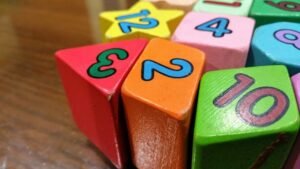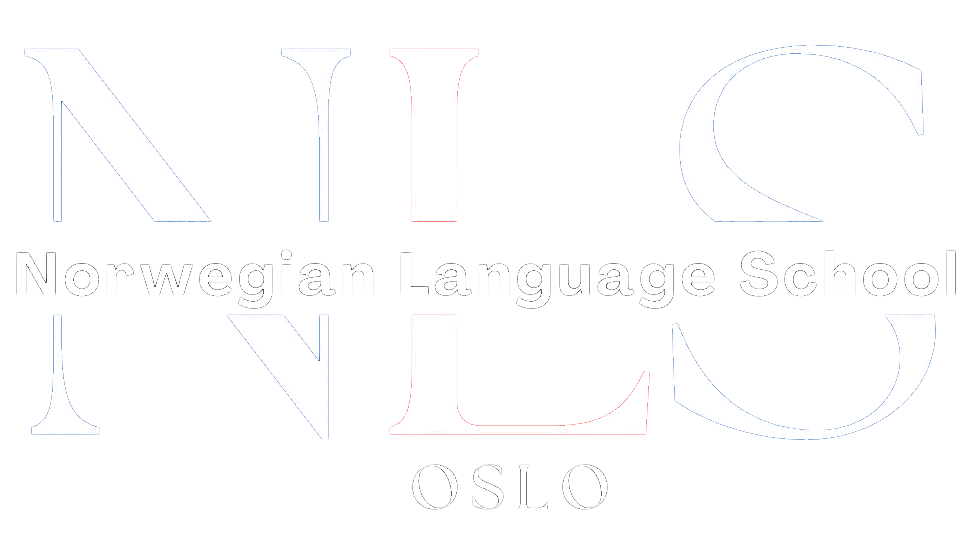Have you ever wondered how to say hello in Norwegian? Whether you’re planning a trip to Norway or simply curious about the language, knowing the basic greeting in Norwegian can open doors to new connections and experiences. So, why not take the first step in immersing yourself in Norwegian culture?
In this article, we will guide you through the Norwegian language and help you learn how to say hello in Norwegian. From understanding the significance of greetings in Norwegian culture to mastering the pronunciation of the word for hello, you’ll be ready to greet with ease in no time!
Table of Contents
ToggleKey Takeaways:
- Understanding the importance of greetings in Norwegian culture
- Learning the most commonly used word for hello in Norwegian
- Discovering cultural nuances and gestures associated with greetings in Norway
- Becoming more confident in your interactions with Norwegians
- Building connections and relationships through greetings
Understanding Norwegian Greetings
Before delving into the specific word for hello in Norwegian, it’s essential to grasp the significance of greetings in Norwegian culture. Greetings play a vital role in daily interactions and reflect the values of warmth and friendliness that Norwegians hold dear.
In Norway, greetings can vary depending on the time of day and the level of familiarity between individuals. To greet someone in the morning, you would typically say “god morgen,” which translates to “good morning.” Similarly, “god dag” means “good day” and can be used throughout the day as a general greeting.
As the day progresses, Norwegians commonly transition to using “hei” as a more casual and versatile greeting. “Hei” can be used to say hello and can be adapted to the time of day, such as “hei på deg” (hello to you) or “hei på morgenen” (hello in the morning).
When greeting someone with whom you are familiar or have a close relationship, it is common to use variations of “hallo” or “heisann,” which convey a sense of informality and friendliness.
Greetings in Norwegian culture go beyond mere words. Norwegians often place emphasis on maintaining eye contact, offering a firm handshake, and even a slight nod of the head. These nonverbal cues are considered important in conveying sincerity and respect.
Understanding the nuances of Norwegian greetings is key to navigating social interactions in Norway. By adopting the appropriate greeting based on the time of day and level of familiarity, you can establish positive connections with Norwegians and show your respect for their culture.
Saying Hello in Norwegian
When visiting Norway, knowing how to say hello in Norwegian is a valuable skill that can enhance your cultural experience and interactions with locals. The most commonly used word for hello in Norwegian is “Hei”. Pronounced as “hay,” this friendly greeting is versatile and can be used in both formal and informal situations.
Step-by-Step Guide: How to Say Hello in Norwegian
Follow these steps to confidently greet others in Norwegian:
- Step 1: Start by pronouncing the word “Hei” as “hay.” Keep the pronunciation light and crisp, with a slight emphasis on the “h” sound.
- Step 2: Use a friendly smile and maintain eye contact while saying hello in Norwegian. Non-verbal cues enhance the warmth and sincerity of your greeting.
- Step 3: Combine “Hei” with a Norwegian word for “morning,” “afternoon,” or “evening” to add an extra touch of politeness. For example, “God morgen” means “Good morning,” “God ettermiddag” means “Good afternoon,” and “God kveld” means “Good evening.”
- Step 4: Practice listening to native speakers and imitate their pronunciation to refine your greeting. Pay attention to their intonation and rhythm to sound more natural.
“Hei” is a versatile greeting in Norwegian that can be used in various contexts. It’s a simple and effective way to show respect and friendliness to those you meet in Norway.”
Mastering the art of saying hello in Norwegian allows you to connect with locals on a deeper level, fostering meaningful conversations and building lasting relationships. So don’t hesitate to greet others with a warm “Hei” during your time in Norway!
Embracing the Local Culture
When it comes to connecting with the locals in Norway, knowing how to say hello in Norwegian is just the beginning. Embracing the local culture goes beyond language; it’s about understanding the significance of greetings in Norwegian society and incorporating them into your interactions.
Greetings in Norway are more than just a mere formality. They are an essential part of social etiquette and reflect the warm and inclusive nature of the Norwegian people. By embracing the local greeting customs, you can truly immerse yourself in the culture and build meaningful connections with the locals.
One of the key aspects of Norwegian greetings is the concept of equality. In Norway, everyone is considered equal, regardless of their social status or background. This principle extends to greetings, where people greet each other on equal footing, regardless of age or position. This egalitarian approach to greetings fosters a sense of inclusivity and allows for open and friendly interactions.
In addition to the traditional Norwegian hello word, there are other greetings that might vary depending on the region or the situation. For example, a simple nod or smile accompanied by eye contact can be considered a polite and respectful greeting in some contexts. It’s important to be aware of these cultural nuances and adapt your greetings accordingly.
| Norwegian Greeting | Translation |
|---|---|
| Hei | Hello |
| Hallo | Hi |
| Goddag | Good day |
| Morning (informal) | Good morning |
| Natta (informal) | Good night |
Remember, greetings in Norway are more than just words; they are an opportunity to connect with the local culture and show respect for Norwegian customs. By embracing the local greeting traditions and incorporating them into your daily interactions, you can create meaningful connections with the Norwegian people and fully immerse yourself in the rich cultural tapestry of this beautiful country.
Conclusion
In conclusion, learning how to say hello in Norwegian can greatly enhance your experience in Norway and help you connect with the locals on a deeper level. By understanding the significance of greetings in Norwegian culture and mastering the pronunciation of the word for hello, you can effortlessly navigate social interactions and make a positive impression.
Embracing the warmth of Norwegian greetings opens doors to new connections and experiences in this beautiful country. Whether you’re visiting for a short time or planning to stay longer, taking the time to learn and use Norwegian greetings shows respect for the local culture and creates a friendly environment for communication.
So, don’t hesitate to greet Norwegians with a warm “Hei!” or “God dag!” when you meet them. Practice saying hello in Norwegian and embrace the power of a simple greeting to foster deeper connections and create memorable experiences in Norway.









